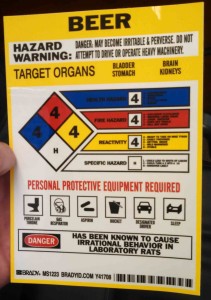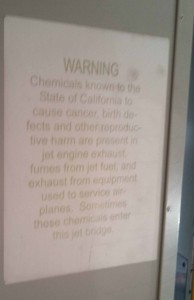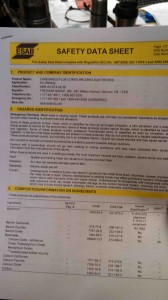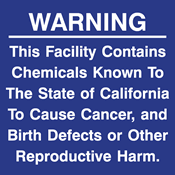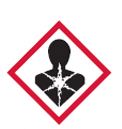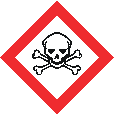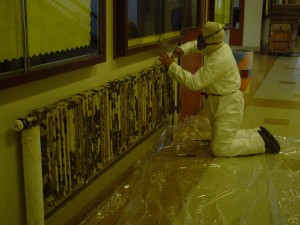Mon 27 Oct 2014
Additive / Synergistic Effects of Chemical Mixtures
Posted by admin under ACGIH, Asbestos, Exposure, Hazard Communication, Management, MSDS, occupational hygiene, Risk, TWA, Uncategorized
Comments Off on Additive / Synergistic Effects of Chemical Mixtures
Instead of explaining how to calculate safe levels of chemical mixtures, this will be a reminder.
The American Conference of Governmental Industrial Hygienists (ACGIH) in their Threshold Limit Values (2014), has an excellent explanation of how to calculate a safe level of exposure. However, in summary, if separate chemicals have the same health effects (effect the body in the same way), they may do three things:
- Additivity – the sum of their exposure & health effect is A+B. More on this below.
- Synergy – the sum of their exposure is MORE than A+B. This is bad, and hard to calculate.
- Similar in principle to smoking and asbestos. If you smoke and have asbestos exposure, you are worse than just the additive.
- Antagonism – the mixed chemicals cancel each other out. It usually never works this way.
- But, as a terrible example, it would be like acid rain dissolving styrofoam. (I don’t think that’s true, BTW)
Back to Additive (Additivity):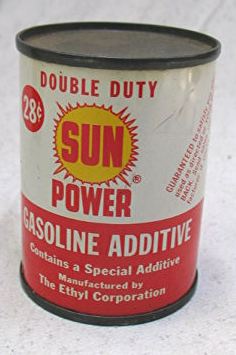
If two chemicals (or more) in a mixture have similar health effects (central nervous system, or effect the kidneys, for example), then, until you know otherwise, you should assume they have additive effects. Have your favorite Industrial Hygienist use your air monitoring data to calculate the additive effects using the ACGIH Additive Mixture Formula.
This is useful for combining both full shift air monitoring data, short term, and ceiling exposures. Extreme caution should be used if the chemicals are carcinogenic (as low as reasonably achievable (ALARA) is best here), or if they are complex mixtures (diesel exhaust).
It’s a bit confusing, but worthy of reminding ourselves of chemical mixtures.
